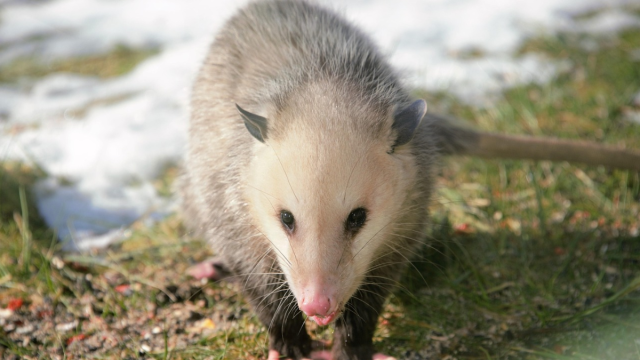If you’re an aspiring gardener, then you’ll know how annoying it can be when you find possums destroying your plants and crops. While they appear to be cute and cuddly, possums can create havoc around your home. In some instances they may even move indoors build nests inside your roof or walls.
Since most people aren’t accustomed to having to deal with these pests, the most effective response is to opt for the possum removal Melbourne locals rely on. Do you suspect you have a possum in your garden? Have you seen damage to the structure of your home that may indicate one or a few possums may be trying to move in? This post takes a closer look at how to get rid of them.
What is a Possum?
Contents [show]
Possums are Australian marsupials and are often confused with opossums. A key way to remember the difference is that possums are found in Australia while opossums are more commonly found in North America. Possums are easily recognizable by their silvery-grey fur, pointed ears, and bushy tails.
As mammals, possums live in trees, and you’ll easily find 23 different species around Australia. While possums are usually found in trees, they have been known to wander into people’s homes to make nests. It’s essential to highlight that possums are protected under the Australian Wildlife Act 1975 and may not be harmed. If you find a possum in your home, you must call a certified pest controller to have the animal rehomed.
Pointers to Help You Keep Your Space Possum-Free
While possums aren’t considered aggressive or dangerous, they can be disruptive. They are well known for making nests in ceilings, walls, and even within the walls of your home. Since they’re active at night, they can also be noisy. The best way to keep them out of your home is to prevent them from moving in in the first place. Here are a few tips to get you started.
1. Remove Access Sources of Food
Possums, like other creatures that move into your home, are commonly attracted to a food source. Since they enjoy digging for food in your rubbish bins, the first thing to do is regularly empty your garbage bins and ensure that they have secure lids. Be sure to keep the garbage bins in your outdoor area clean after every BBQ. It’s also a good idea to build coverings for your bin lids so that they can’t be easily opened by little paws.
2. Harvest Your Fruit Trees
Possums also love getting into fruit trees and decimating your produce. With this in mind, our experts recommend harvesting your fruit as soon as it’s ready. You can also look into covering smaller trees with special netting to keep possums out. Opt for a few fruit preservation methods to avoid wasting fruit if you pick a lot at once.
3. Fill Open Cavities in Your Home
If you have seen possums or signs of them in your garden, it’s important to check your home for entry points. These need to be sealed up and blocked. Typical types of gaps that they can gain entry into include the following:
- Gaps in tiles
- Attic vents
- Doggie doors
- Open chimneys
If you keep windows open at night, be sure to add screens and these will need to be routinely inspected. You should also trim any trees that could help the possums get into roof or attic vents.
4. Invest in Motion-Activated Possum Sensors
Since possums are nocturnal creatures, they don’t like bright lights. Setting light fixtures in the spaces where you’ve seen signs of possums is a good way to scare them off. Using motion sensor lights is a good way to deter them from coming back.
Some homeowners even go so far as to hang motion sensor lights in their fruit trees or along the walls where garbage bins are stored. In many instances, bright lights may be enough to scare them off. They’re not likely to hang around in spaces where they feel threatened.
5. Opt for a Nesting Box
Since possums are endangered and not outwardly harmful, many people opt to create a space for them in the garden. This is only a good idea if they haven’t already moved into your walls, as this is where they will always return to.
Create a nesting box from some old timber and hang it in a tree that doesn’t have branches leading to your home. You can put an old cloth in for the possum to nest in. Provide them with a water source and keep your plants covered so that the possums don’t destroy them. If the possum still moves indoors, it’s best to call your local pest controller.
Final Thought
It’s essential to keep possums out of your home as they can cause extensive damage if they aren’t dealt with. If you suspect that you have a possum problem, speak to a certified pest controller who will come and remove the creature in the most humane way possible. They will also advise you on the best tips to keep other possums from entering the space.


